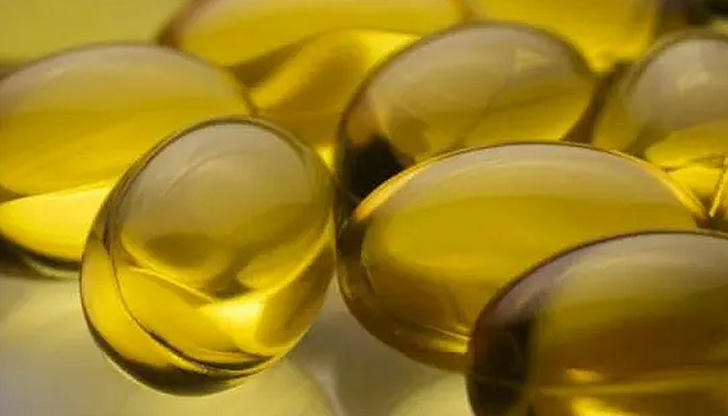Some Facts About Omega-3

Understanding the Role that Each Omega-3 Plays
When it comes to DHA, people will regard it as omega-3s. As more and more food products claim to be a good source of omega-3s, but what is the relationship between DHA and omega-3s? The most important is that what omega-3 fatty acids contain. Usually there are three major omega-3 fatty acids included with distinct health benefits:
Docosahexaenoic Acid (DHA)

DHA, a long chain omega-3 fatty acid, is the most rich omega-3 in the brain and eye. Meanwhile, It is an important structural component of heart tissue. Breast-milk is a naturally source for DHA.
Eicosapentaenoic Acid (EPA)

EPA, a long chain omega-3 fatty acid, is beneficial to human health. EPA plays a very important role in the whole body, especially for heart health.
Alpha-Linolenic Acid (ALA)

ALA, a shorter-chain omega-3 fatty acid, is an important source of energy for the body, especially benefit for heart health. In addition, it can also convert to EPA and DHA, but in very limited amounts.
Sometimes, we need to take care of theses food containing fats as they are not healthy for our body.
“Bad Fats” and “Good Fats”

These three acid fats are considered as good fats, also including another two types of PUFAs, and omega-6. Actually omega-6s are the cousins of omega-3s and they are other types of fatty acids that have similar health benefits. However, you get the best benefits from getting adequate levels of both.
Some so-called “Bad Fats” need to be taken care of. Saturated fatty acids, are one of bad fat which should be consumed in limited amounts. They are found mainly in animal sources such as meat and poultry, whole or reduced-fat milk and butter. Trans fatty acids, another fats should be avoided if possible. They are more likely to be found in some margarines, snack foods, cookies and other foods that are made with hydrogenated or partially hydrogenated oils.
How to Choose the Best Omega-3 Supplement ?

Choosing an Omega-3 supplement is like buying a car. Do you want to drive fast? Do you need lots of seats for a big family? Do you want something that’s environmentally friendly? Or is something at a lower cost right for you right now? There is no correct answer for every person.
It could leave your head spinning, when look up to see rows and rows of bottles full of vivid colors, bold statements, and fine prints. Just keep following steps in mind will make your more confident with choosing a right DHA.
Step one: pay attention to sources of DHA.
The best sources for you to choose are: Natural Fish Oil- better choose wild fish. Processed Fish Oil- better choose fish oil to yield higher percentages of EPA + DHA. Fish Roe- better choose fish roe from herring, salmon, pollock, and flying fish containing up to 75% of their fats in phospholipid form, with more than 30% of those fats being EPA + DHA. Krill Oil- take care of pollutants levels Algal Oil- bioequivalent to whole salmon, raising blood DHA levels equally.
Step two: pay attention to amount of DHA.
When purchasing a DHA supplement, the only way is to check food labels. You just need to make sure a product that contains the amounts of EPA + DHA that are helpful and healthful. What’s more, a testing on your current Omega-3 Index is a good way to find exactly how much EPA + DHA you personally need to reach your Omega-3 Index goals.
Step three: pay attention to standards of DHA.
You need to ensure that choosing a product is in line with your standards. However, choosing a supplement product can be like swimming in murky waters. We, as customers may be misled by many false claims, mislabeled products, and precarious supplements hitting store shelves. Don’t feel hopeless, there are many organizations or third parties take responsibility to ensure the product is safe, effective, and labeled correctly before it goes to market and provide you a right and safe DHA.

